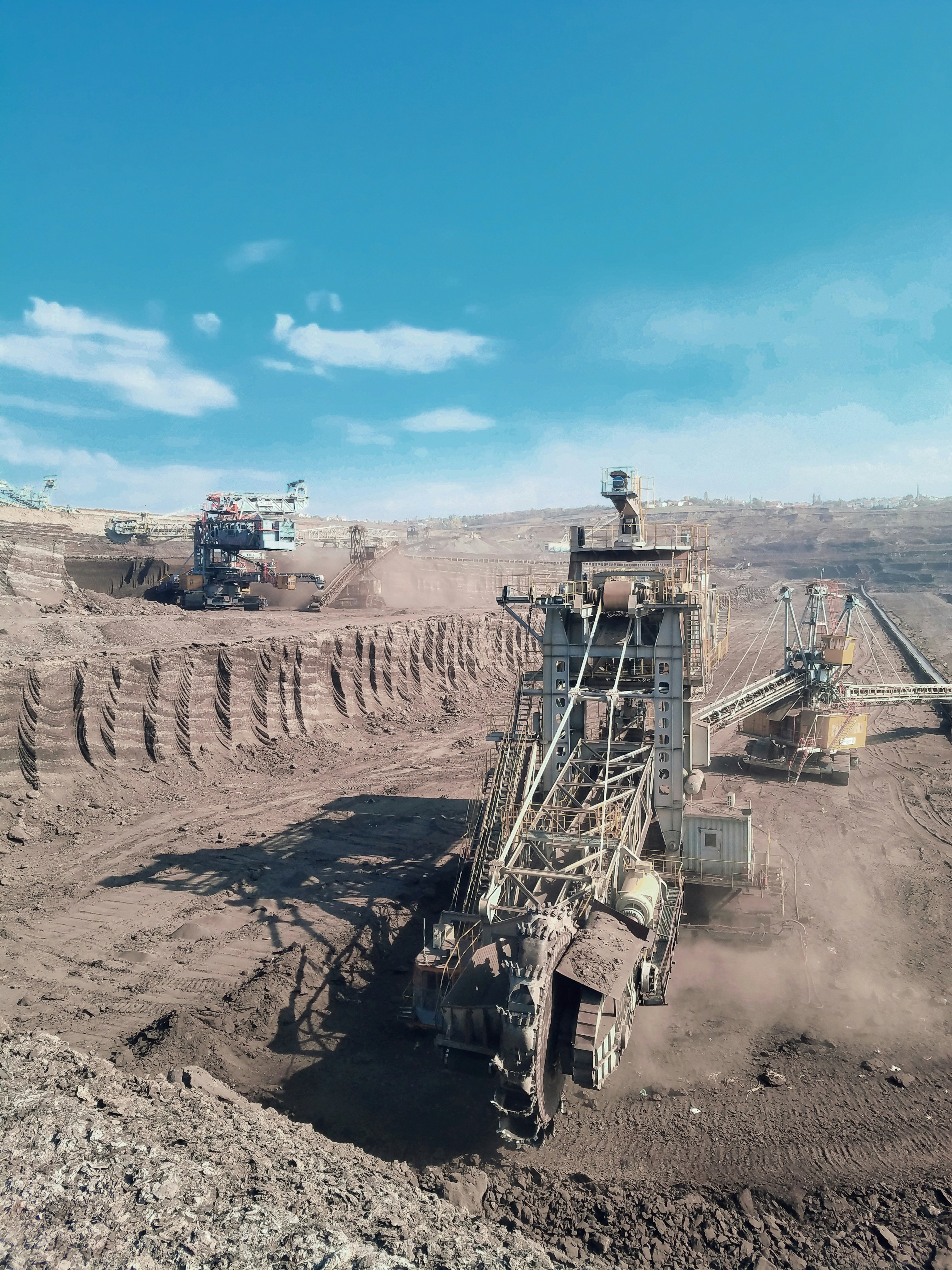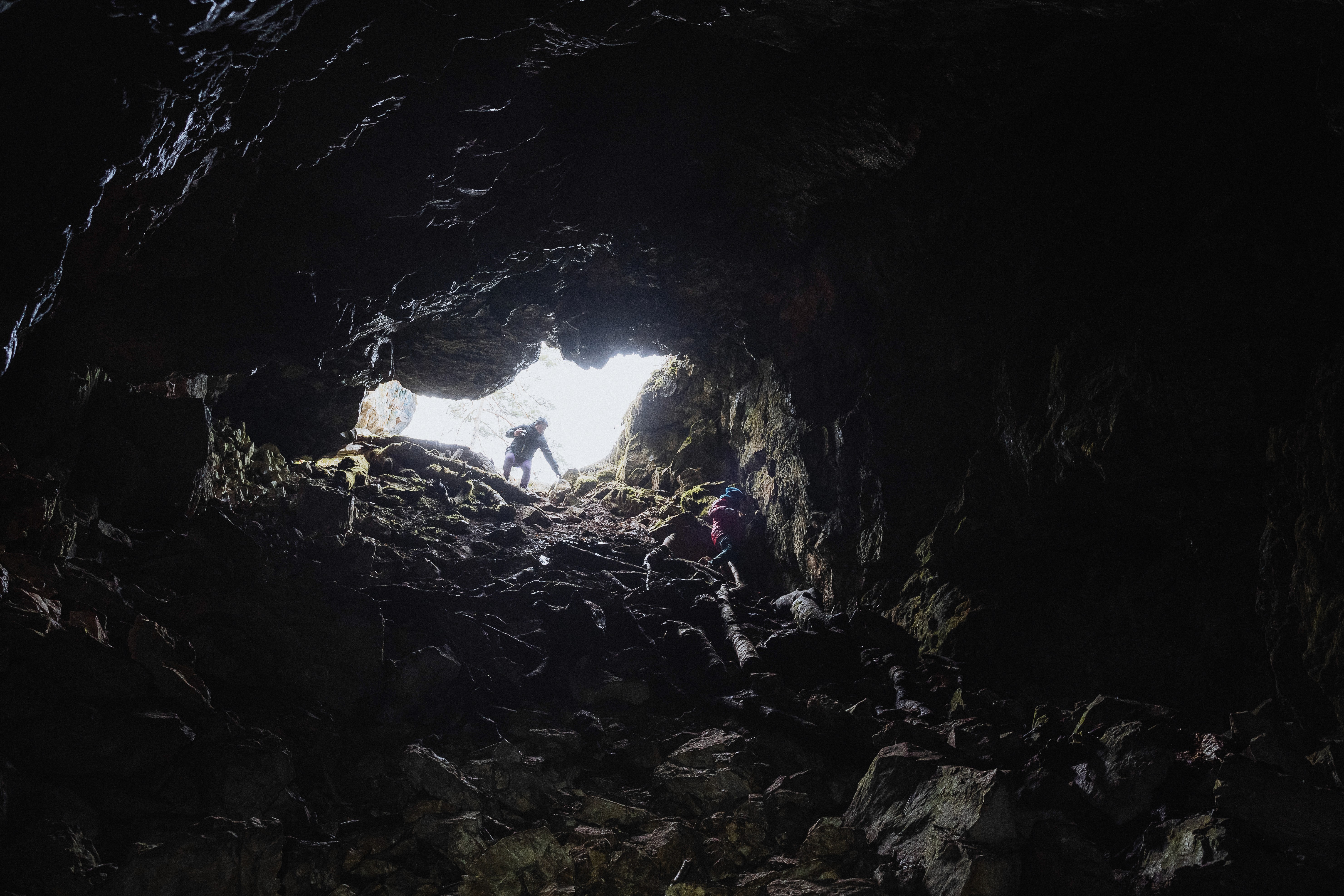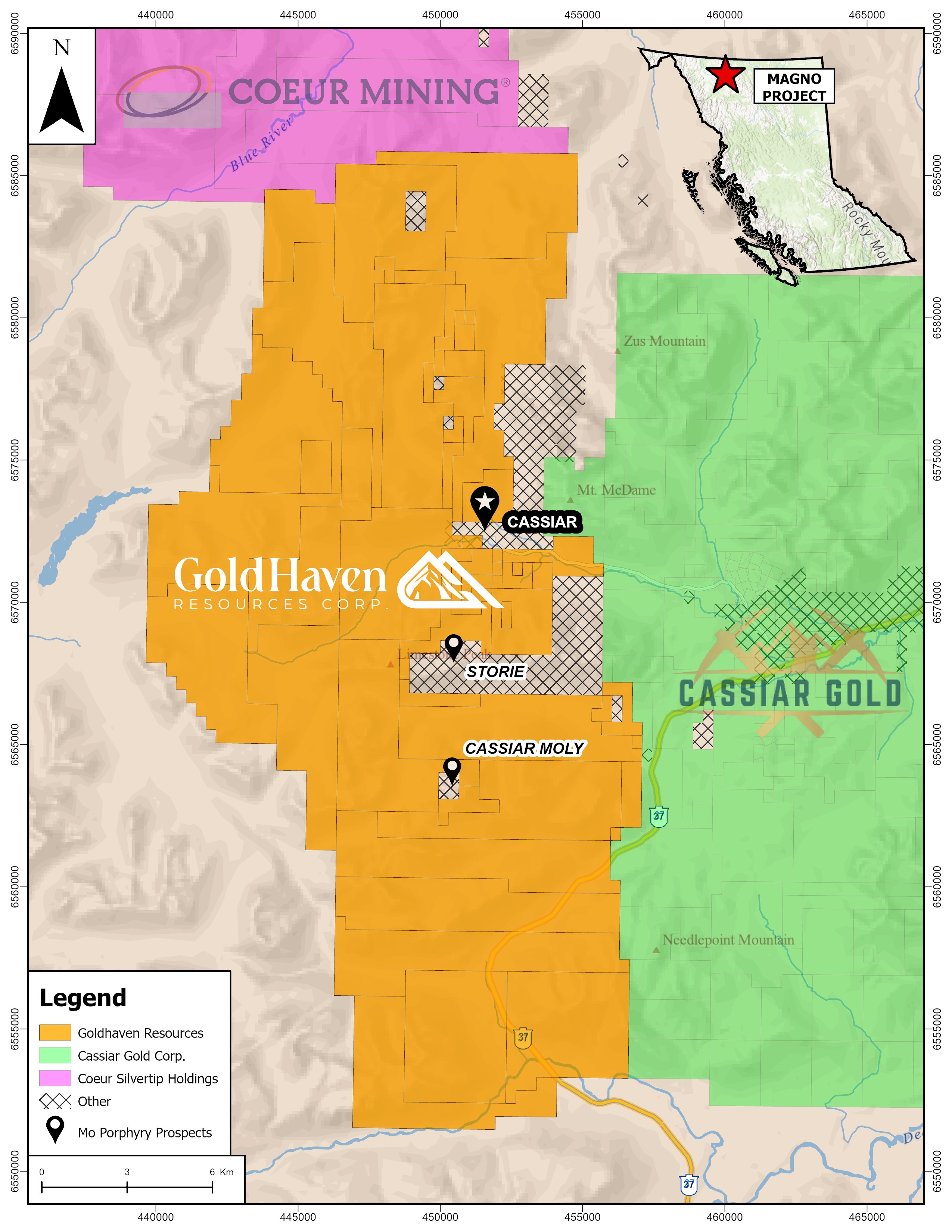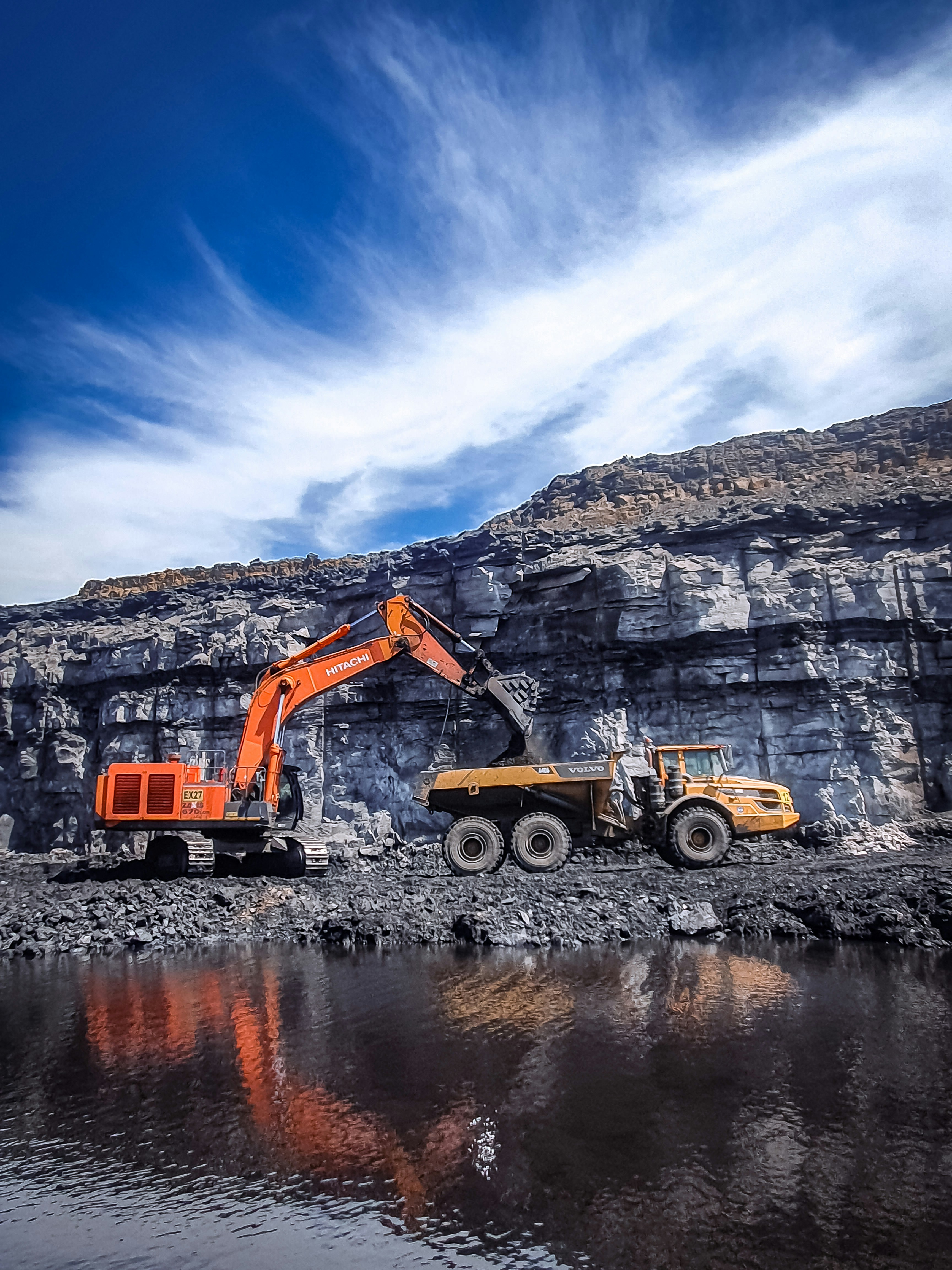
Project Overview
Magno Project | Cassiar, British Columbia
A District-Scale Polymetallic and Critical Mineral Opportunity
The Magno Project sits within the Cassiar Terrane, a geological setting composed of Proterozoic–Paleozoic limestones, dolostones, and clastic rocks intruded by phases of the Cassiar Batholith. This environment is well known for hosting multiple mineral deposit types.
GoldHaven’s work to date has confirmed the presence of:

Carbonate Replacement Deposits (CRDs) High-grade Ag-Pb-Zn systems occur in Magno North, enriched with critical metals including tin, indium, and gallium.

Porphyry Copper-Molybdenum Targets Located primarily in Magno West and associated with intrusive phases and structural corridors radiating from the Cassiar Stock.

Skarn and Vein Systems Developed along contacts between Cassiar Terrane carbonates and intrusive rocks, hosting polymetallic mineralization including tungsten-bearing skarns in the Kuhn and Dead Goat areas.
Recent mapping has identified the Cassiar Stock, a 72 Ma Cretaceous granite on the eastern margin of the Cassiar Batholith, as a key control on mineralizing fluid pathways. Mineralized skarns, veins, and CRD-style zones show structural relationships to north–south and northeast-trending faults and fractures — the same structural architecture that influences mineralization at Coeur Mining’s nearby Silvertip deposit.
Importantly, indium and gallium anomalies are emerging as powerful geochemical vectors, linking shallow CRD/skarn mineralization to deeper porphyry systems and indicating potential for a vertically extensive, multi-phase mineralizing system.
Exploration History and Current Work
Magno has a long but underutilized exploration history. Initial work began in the 1950s, with more systematic programs undertaken through the 1970s and 1980s, including:

Prospecting and trenching

Soil and rock geochemical surveys

Airborne and ground geophysics

Underground development

Early-stage drilling
These historic programs confirmed multiple zones of silver, lead, zinc, copper, and critical metal mineralization — but left large inferred structural corridors and intrusive contacts underexplored.
GoldHaven’s 2025 efforts modernized and expanded this dataset through:

Detailed geological and structural mapping

354+ rock samples and extensive soil geochemistry

Identification of new CRD-style and skarn zones enriched in Ag-Pb-Zn-Cu and critical metals

Critical mineral vectoring, highlighting indium/zinc ratios as potential pathways to deeper porphyry systems

Integration of the Kuhn & Dead Goat tungsten-bearing claims into a unified, district-scale geological model
This work significantly strengthened the geological framework and prioritized several high-value targets for follow-up exploration, geophysics, and drilling.
GoldHaven’s exploration strategy will focus on three priority corridors:

Magno North — CRD Advancement High-grade Ag-Pb-Zn targets enriched in indium, tin, and gallium.

Magno West — Porphyry Cu-Mo Testing Intrusion-related targets linked to Cassiar Stock apophyses.

Kuhn Area — Tungsten Skarn Expansion Follow-up mapping, sampling, and potential drilling to test historical skarn zones and expand mineralized footprints.
Upcoming Catalysts Include:

Pending 2025 assay results

Selective geophysical surveys (IP, magnetics, EM)

Target refinement & drill permitting for a potential maiden drill program

Ongoing district-scale geological modeling
These near-term deliverables will continue to define the scale and economic potential of the Magno system.
Why Magno Matters for Investors
Magno offers exposure to a broad suite of precious and critical minerals at a time when global supply chains are undergoing rapid realignment. Its commodity mix — including silver, gold, tungsten, indium, gallium, zinc, and copper — positions GoldHaven to benefit from future demand linked to clean energy, advanced manufacturing, aerospace, and national security.
The project’s large land package, direct proximity to established operators, excellent infrastructure, and multiple drill-ready targets create a compelling exploration and value-creation pathway.
For GoldHaven shareholders, Magno represents a rare opportunity to participate in the development of a district-scale, polymetallic and critical mineral system in one of Canada’s premier mining jurisdictions.










